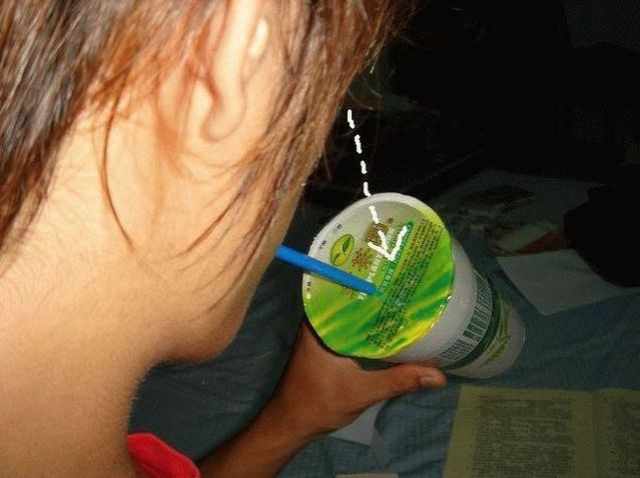

The frequency response of the final filter (with \(f_c=0.1\) and \(b=0.08\)) is shown in Figure 4. The values for \(f_c\) and \(b\) in this article were chosen to make the figures as clear as possible. The last thing she had wanted was for me to make a pass at her. To try to kiss or touch another person with the intention of starting a sexual relationship with them. Hence, for a sampling rate of 10 kHz, setting \(b=0.08\) results in a transition bandwidth of about 800 Hz, which means that the filter transitions from letting through frequencies to blocking them over a range of about 800 Hz. Urban Dictionary: to make a pass to make a pass To flirt with or suggest sexual activity with someone. As for \(f_c\), the parameter \(b\) should be specified as a fraction of the sampling rate. Setting \(N=51\) above was reached by setting \(b=0.08\). This is not really required, but an odd-length symmetrical FIR filter has a delay that is an integer number of samples, which makes it easy to compare the filtered signal with the original one. With the additional condition that it is best to make \(N\) odd. To keep things simple, you can use the following approximation of the relation between the transition bandwidth \(b\) and the filter length \(N\), This can cause family conflict, and inflict the stress and expense of a lawsuit on your loved ones. But an invalid will, or one with conflicting instructions, could be challenged in court. The final task is to incorporate the desired transition bandwidth (or roll-off) of the filter. A will can be made on any sheet of paper and follow any format, provided it is signed by you and witnessed as required by the law. The central part of a sinc filter with \(f_c=0.1\) is illustrated in Figure 1.įigure 3. For example, if the sampling rate is 10 kHz, then \(f_c=0.1\) will result in the frequencies above 1 kHz being removed. 30-day rolling pass through the card reader the same way you currently do. The cutoff frequency should be specified as a fraction of the sampling rate. 5.00 for Metro/TANK day pass, good for unlimited rides for 24 hours from the. The impulse response of the sinc filter is defined as The sinc function must be scaled and sampled to create a sequence and turn it into a (digital) filter. The windowed-sinc filter that is described in this article is an example of a Finite Impulse Response ( FIR) filter. And, since multiplication in the frequency domain is equivalent with convolution in the time domain, the sinc filter has exactly the same effect. Multiplying the frequency representation of a signal by a rectangular function can be used to generate the ideal frequency response, since it completely removes the frequencies above the cutoff point. This is because the sinc function is the inverse Fourier transform of the rectangular function. When convolved with an input signal, the sinc filter results in an output signal in which the frequencies up to the cutoff frequency are all included, and the higher frequencies are all blocked. The sinc filter is a scaled version of this that I’ll define below. The sinc function ( normalized, hence the \(\pi\)’s, as is customary in signal processing), is defined as Theoretically, the ideal (i.e., perfect) low-pass filter is the sinc filter. How to create a simple low-pass filter? A low-pass filter is meant to allow low frequencies to pass, but to stop high frequencies. This article is complemented by a Filter Design tool that allows you to create your own custom versions of the example filter that is shown below, and download the resulting filter coefficients. Check back soon for information on which schools have already requested and received PRONTO Youth cards for back-to-school (supplies are limited).Summary: This article shows how to create a simple low-pass filter, starting from a cutoff frequency \(f_c\) and a transition bandwidth \(b\). Get a free PRONTO Youth card from a community event listed below.

With back-to-school just around the corner for lots of San Diego students, MTS will be partnering closely with school districts and community organizations to help distribute free PRONTO cards to Youth who may not yet have one. Request to Change to a Reduced Fare Card Back to School - PRONTO Cards You can request to change to a reduced fare card online using our form below. (Kids 5 & under ride MTS and NCTD free at all times, and don’t need a card or proof of eligibility.) To be eligible for the Youth Opportunity Pass, riders 18 & under must have a Youth PRONTO app account, or a PRONTO Youth card, and travel with proof of eligibility. The Youth Opportunity Pass is a pilot program, sponsored by the San Diego Association of Governments (SANDAG) and County of San Diego, through June 30, 2023. All riders 18 & under will be able to ride MTS and North County Transit District (NCTD) services for FREE with a Youth PRONTO app account, or a Youth PRONTO card.


 0 kommentar(er)
0 kommentar(er)
